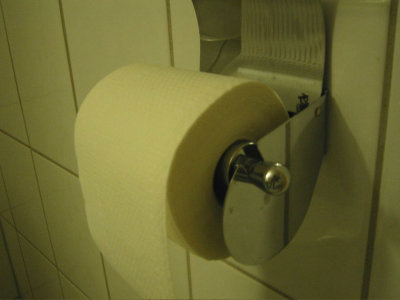How was the disposable paper cup 'Dixie Cup' born and spread?

About 110 years have passed since the prototype of the current “disposable paper cup”, which has a cylindrical body attached to the disc-shaped bottom. It was a compelling reason to replace the common cups and dippers that were mostly used until then.
Dixie cups became the breakout startup of the 1918 pandemic

The idea of 'making disposable cups from paper' has never come out recently, and there is a record that was used when drinking tea in China in the 2nd century BC. However, the paper cups around this time were different in size and color, and were decorated.
The idea of a modern paper cup was born in the 20th century. At that time, it was only natural to use a shared cup or tin dipper when drinking water from the barrel on the train or from the faucet at school. This is why epidemics are also widespread, and Professor Alvin Davisson of the University of Lafayette published a paper entitled 'Death from a drinking cup at school' in Technical World magazine in August 1908. Around this time, tuberculosis was prevalent in the United States, and it was thought that the cause was a common cup.
Shortly before Professor Davison published his paper, in 1907, Boston lawyer and inventor Lawrence Lauren also came up with the idea that 'a shared cup is the cause of hygiene problems' and invented a disposable paper cup Did. Ruren's cup has a simple structure, which is the same as in the modern world, in which cylindrical paper is wrapped around disk-shaped paper, and paraffin was applied to the inside for waterproofing. Ruren filed a patent for this paper cup in 1908 and obtained it in July 1912.
US1032557A-Cup.-- Google Patents

Ruren, who worked with businessman Boston Hugh Moore from the same Boston, founded a cup manufacturing company in New York and sold paper cups under the name 'Health Kup.' The main customer is a railway company, and the business is stable because shared cups are banned in many states.
Advertising in the “Health Kup” era

Furthermore, the spread of paper cups was supported by the
'Health Kup' was renamed 'Dixie Cup' in 1919. There is a theory that the origin of the name 'Dixie' was obtained with permission with Alfred Schindler's 'Dixie Doll Company' who was a neighbor of the factory and was making dolls that were popular at the time. ..
Advertisement after being renamed to 'Dixie Cup'. 'Hygiene era, Dixie cup era', we are pushing the hygiene side to the front.

In addition, if it means that it has spread rapidly as a measure against pandemic, it is interesting that there is a part that overlaps with the breakthrough of Zoom in this corona wreck, but in the case of the Dixie Cup, the influence of the pandemic is not so large, 1923. Since the year, machines that automatically put ice cream in cups have appeared, and it has become very popular since it made a 'cup that does not collapse even if you put two types of ice cream'.
After that, in the 1930s, a campaign where you can get gifts by collecting cup lids was a great success. In 1946, we worked with Coca-Cola to develop a liquid bender . The history of Dixie Cup as a company ended in 1957 when it was acquired by America's largest can maker American Can , but Dixie Cup continues to be made, 2020 It currently exists as a division of Georgia-Pacific .
Dixie® Paper Products & Disposable Dinnerware | Dixie®
https://www.dixie.com/
Related Posts:
in Note, Posted by logc_nt







